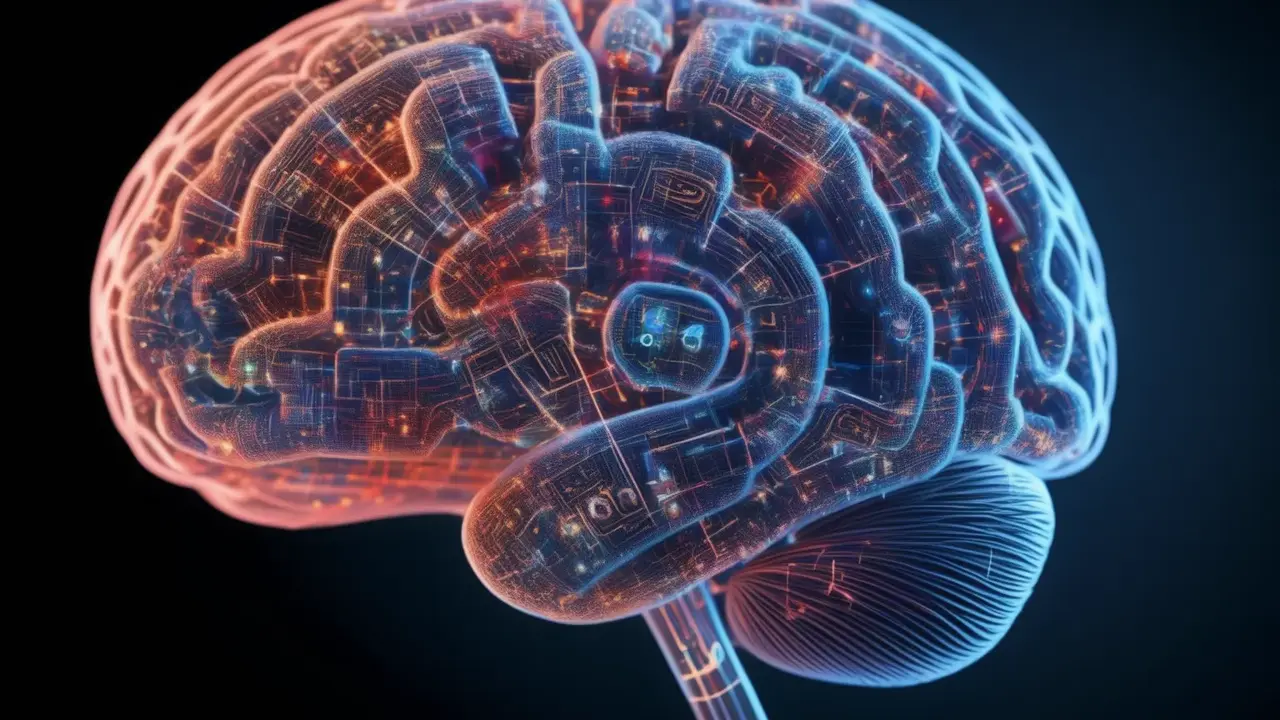The main goal of the study was to understand how brain neurons respond to unexpected events. Researchers used functional magnetic resonance imaging (fMRI) data from a variety of tasks to identify patterns in brain activity associated with the experience of surprise.
To create the model, scientists developed a new neural network called EFPM (edge fluctuation-based prediction model) that monitors interactions between different parts of the brain and predicts moments of surprise. The model uses data on fluctuations in brain activity to predict when a person will be surprised.
The researchers tested their model on three different data sets, including information about how people react to unexpected events while watching basketball games and cartoons. The model was effective in predicting surprise both in participants in the same experiment and in participants in completely different tasks.
Source: Ferra
I am a professional journalist and content creator with extensive experience writing for news websites. I currently work as an author at Gadget Onus, where I specialize in covering hot news topics. My written pieces have been published on some of the biggest media outlets around the world, including The Guardian and BBC News.










